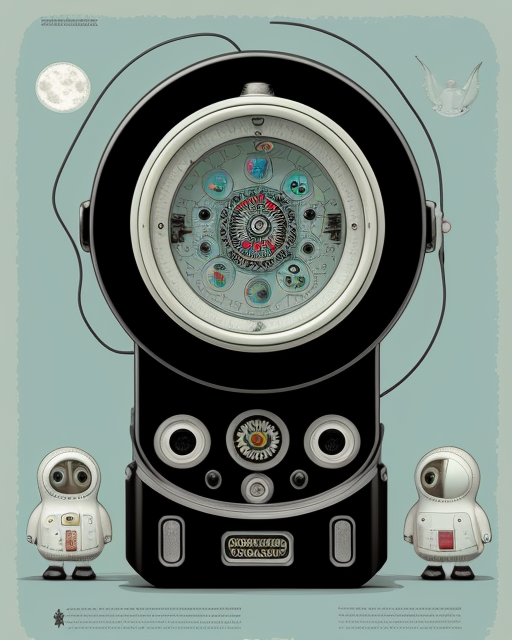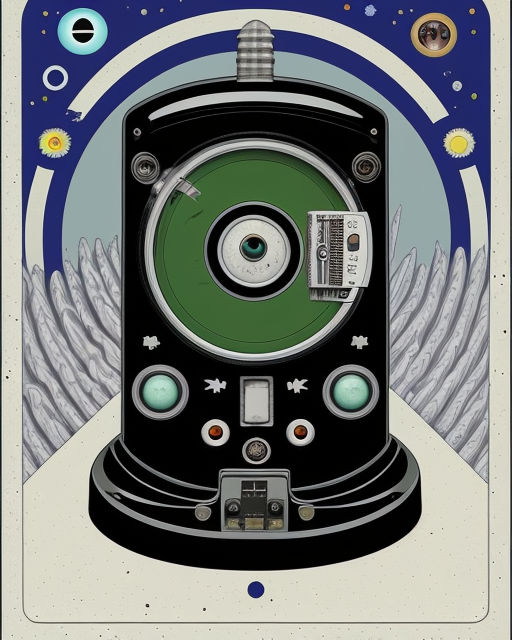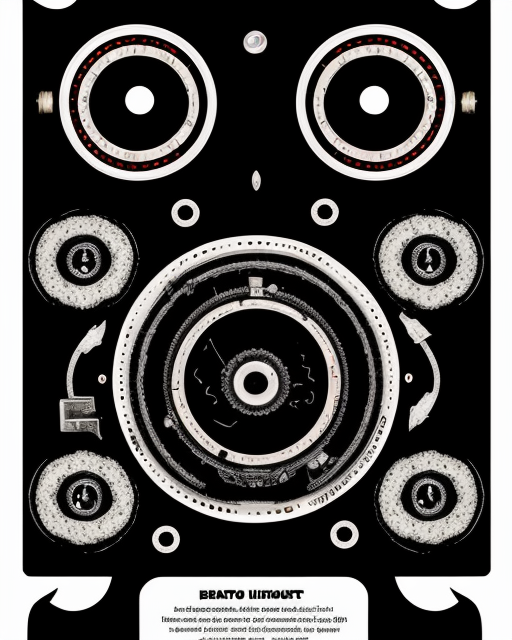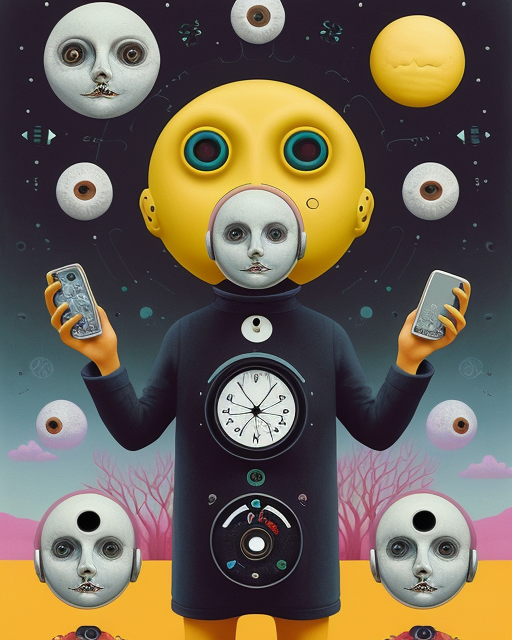
1. The Gaze of the Other: First, identify the technology that functions as the object of desire, the phallus, for a certain elite. This elite, the Symbolic Order, holds the gaze that defines “real” power. The resentment of the excluded masses, the Imaginary, fuels the fantasy of possessing this phallus.
2. The Gift (That Keeps on Taking): The Lack, the Real: We release the ersatz version, a symbolic substitute for the real technology. This malfunctioning, user-unfriendly monstrosity embodies the lack, the Real, that can never be fully satisfied. The cryptic symbols represent the unknowable beyond the Symbolic Order.
Imagine a malfunctioning toaster controlled by a dial with cryptic symbols and rigged to electrocute you 10% of the time. This, my friends, is democratization in action! Support? Manuals? Ha! Let them decipher the hieroglyphics themselves.
This barely functional, bug-ridden monstrosity is the key to your glorious digital emancipation and the help desk consists of a prerecorded kazoo solo on repeat, but that’s the beauty of it, proles! You’re finally in the driver’s seat (bring your own screwdriver)!

3. The Orwellian Fanfare: Time to trumpet our magnanimity! Issue a press release so vague and self-congratulatory it would make Big Brother blush. “The Corporation is proud to empower the People!” Fanfare, comrades! Announce to the world that you’ve democratized your technology! The very gears of progress now grind at the behest of the… common man? (Shudder at the thought.) Let the unwashed masses drown in a sea of nonsensical menus and cryptic error messages! Just don’t mention the soul-crushing effort required to actually use the damn thing.

4. Hail the Hero : The Dunce Parade: Jouissance Through Struggle: The user, forever seeking the Real through symbolic manipulation, experiences a perverse satisfaction (jouissance) in deciphering the hieroglyphics and wrestling with the malfunctioning device.
Seek out the most clueless, enthusiasm-addled troglodytes to be your poster children. Bonus points if they manage to make a lukewarm cup of lukewarm coffee using our toaster-deathtrap. Shower them with empty awards and feature them in nonsensical commercials filled with stock footage of smiling peasants. Empty titles like “People’s Champion of Code!” Let them be the shining example of what the unwashed masses could achieve, with enough elbow grease and a lobotomy.
The Mirror Stage Misrecognition: The clueless poster children serve as the mirror reflecting back a distorted image of the user’s potential mastery. Their success, however illusory, reinforces the user’s misrecognition of their own place within the Symbolic Order.

5. The Fantasy of Completion: The People are to Blame (Naturally)
The user, forever chasing the dream of mastering the technology, remains trapped in a cycle of desire and lack. The blame for the inevitable failure falls not on the system but on the user’s inherent inadequacy.
When, inevitably, this ersatz technology fails to ignite a revolution of the proles, blame them! The whole thing flops harder than a fish out of water, unleash the blame-ray!
They’re simply too simple, too bogged down by their fleshy limitations, to grasp the true brilliance of your creation.
6. The Final Twist: The Perpetual Cycle: The corporation, the Big Other, maintains its grip on the Real power while offering up symbolic substitutes that perpetuate the illusion of progress and the user’s place within the system.
The illusory nature of empowerment offered by the corporation and the user’s desperate attempts to achieve a sense of wholeness through a flawed system.